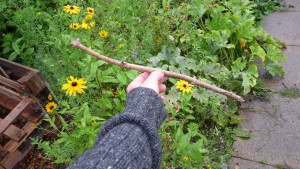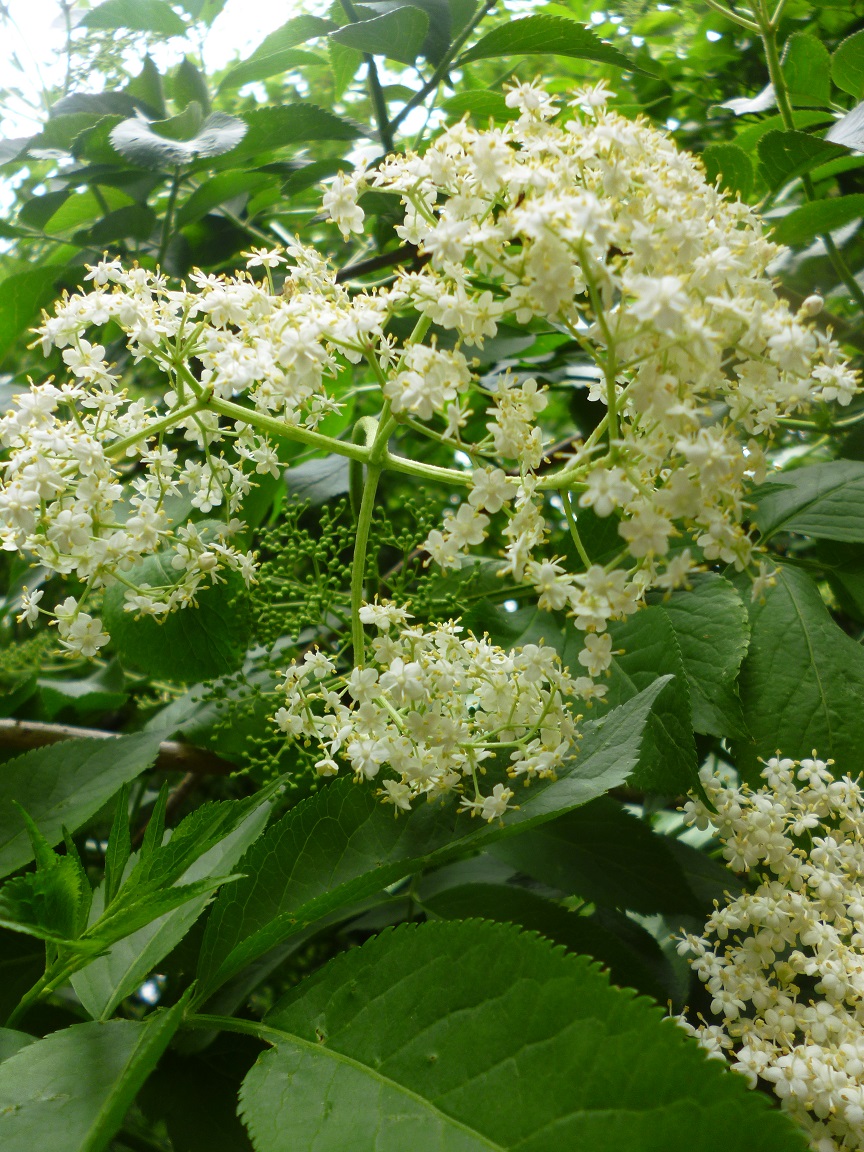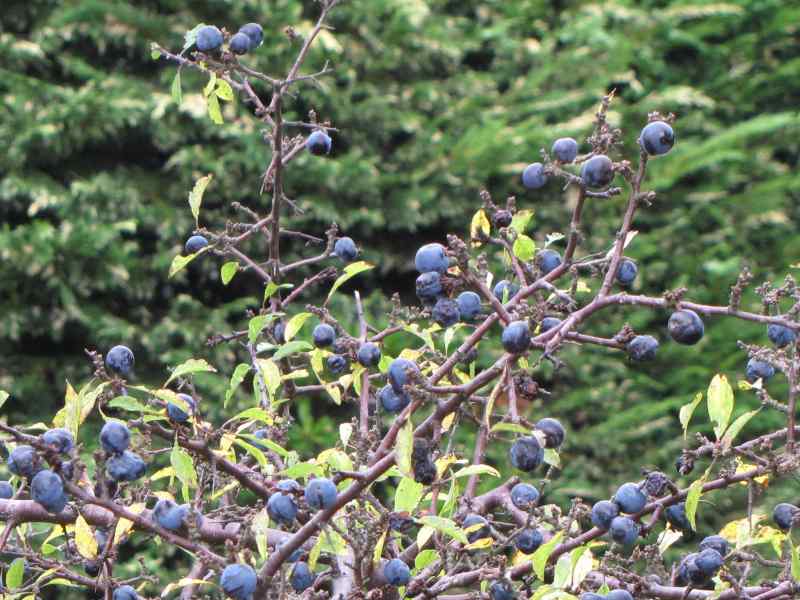Just as the end of summer is marked by elderberries, the start of summer is always marked by the blossoming of the Elder-tree (Sambucus nigra). In this article we cover elder folklore and growing tips for this popular shrub.
If you want to see some recipes of how to make such as elderflower champagne, elderflower cordial, elderflower wine and elderflower fritters then have a look in the wild food section.
Growing Elder

Grow Elder from semi-hardwood cuttings, taken from new growth. A 30cm (1ft) cutting should be taken and placed in a coir, grit and compost mix then wintered in a cold frame or greenhouse. Don’t be tempted to pull up the cutting to see how it is doing, instead leave for around a year.
I have grown elder and blackcurrants by simply taking a hardwood cutting and pushing it into the soil in an out of the way part of a garden. The success rate was quite high and didn’t require any extra watering or materials such as coir or grit.
Elder will tolerate a VERY hard pruning, right down to the stump. It can be cut back this way each year if you want to keep it in check in your garden.
Container growing
The sambucus nigra ‘Aurea’ is a good variety to try in a container. Ensure that the containers are large enough and that you can give the plant some shade. Keep well watered in dry weather and feed occasionally.
Elder
The origin of its name is Anglo-Saxon and stems from the word Æld meaning fire; the hollowed out stems were used to start fires. This origin is quite clear in the Low-Saxon name for the tree ‘ Eldrum ‘.
In Folklore, the elder goes by many names including –
• Judas Tree – thought to be the tree Judas Iscariot Hung himself on.
• Pipe tree – It’s soft pith can be pushed out leaving a pipe shaped empty stem.
• Black Elder.
• Common Elder
• Bore Tree. Bour Tree. (Fourteenth Century)
• Hylder, Hylantree. (Anglo-Saxon) Eldrum. (Low Saxon). Ellhorn.
• (German) Hollunder.
• (French) Sureau.
Elder and Folklore
Its Latin name is Sambucus Nigra and botanically it belongs to the honeysuckle ( caprifoliaceae ) family. Elder trees are found almost everywhere in Europe in West Asia and right across North America. Throughout these countries it is stooped in myth and folklore. In the Isle of Man (UK) every cottage had an Elder growing outside it’s front door to ward off witches. In Russia, an Elder tree in this position was thought to ward off unwanted or evil spirits.
With this in mind it is somewhat strange that English folklore suggests the elder tree is a favourite form for a witch to take, and if its branches were cut then the witch would bleed. It has also been said that a death in the family would follow the burning of an elder tree, and gypsy folklore warns of bad-luck if its wood is used as kindling
Medicinal uses of Elder
Elder flower cordial is one of the most delicious drinks, and makes a fantastic home made sorbet for the summer. The flowers are ideal for colds and influenza. They are also good in aiding hay fever. The berries are ripe in autumn and are rich in vitamins A and C.
How To Use
• Use the flowers as an infusion for hay fever.
• Tincture for colds and influenza, use in early spring to reduce hay fever symptoms.
• Berries used in syrup from decoction is good for winter colds, mixed with thyme.




I tried making the elderflower fritters and followed the recipe meticulously (for a change) and gotta say it didn’t taste too nice at all. So, now I’m trying a go at Elderflower fizz. Hoping this will turn out better!
Making elderflower champagne and cordial this year. Also infusing elderflower into plain water and freeze that way can mix into other fruits (cherries, apples etc) and make mix ciders and country wines.